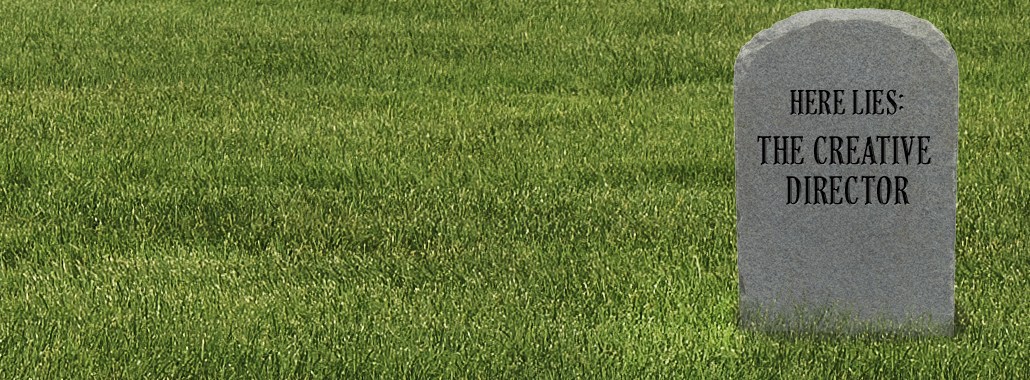
Matt Iliffe is co-founder and partner at Beyond, an experience design agency.
If you’re not in the creative department, you’ve no business contributing to creative output. This viewpoint may sound familiar, but it’s outdated. Not only that – it’s dangerous.
Why? Many agencies continue to approach briefs in a blinkered way, with each employee asked only to perform one specific task. As the creative industry becomes more complex, the increased speed of innovation is putting pressure on agencies to come up with effective new ideas again and again. This isn’t a scenario for which the creative department was built, nor is it one in which it can survive unchallenged.
Instead, successful agencies need employees who can collaborate across disciplines to ensure every aspect of a client brief is addressed. In a world where developers and designers all have a part to play in delivering digital campaigns, they should all be involved in creating the ideas in the first place.
Creativity, in its simplest form, is the art of contrasting existing ideas in an original combination to generate something new. Widening the variety of perspectives increases the chance of reaching exceptional outputs – so it makes sense that agencies widen the net, encouraging employees from different disciplines to contribute to the creative process.
Our ability to be creative is linked to our confidence to speak in front of colleagues without fear of criticism, to be comfortable making mistakes, to disagree with the consensus and to hold a belief that we are part of a team striving above personalities alone. This can’t be achieved by agencies who allow the creative department to monopolize the creative process.
So what are the benefits to a collaborative creative culture?
A bigger team
Employing a team of collaborators means your creative department is as big as your agency. Instead of restricting your creative work to pairs of copywriters and art directors, a collaborative culture enables you to draw on the creativity of UX specialists, account managers, developers, designers and even clients.
Increased efficiency and communication
With more people involved in the creative process, your output naturally increases.
You’ll need a formalized idea-management process like Applied Creativity in order to make the most of your creative sessions – otherwise vocal people can dominate and discussions can easily become one-sided.
Applied Creativity begins by gathering data as a starting point to form focus questions. It then allows team members to rapidly develop each others’ ideas, postpone critical judgment, and build creative prototypes repeatedly and efficiently. It requires discipline, training and preparation to make this work – as well as buy-in from staff used to the traditional creative department – but the impact on output is incredible.
Ideas are informed by data, experience and technical knowledge
Ideas can come from anywhere, but a carefully designed idea-management process that uses user behavior can certainly help them along. To make dedicated creative sessions as fruitful as possible, use a data-led approach, select your participants carefully, be sure to go beyond the traditional ‘creative types.’ Doing this will guarantee a range of expertise, enriching the session with both breadth and depth of fact-based knowledge and creative influences.
Encourage participants to think freely, allowing them to apply their own “experience-lens” to their thinking.
Increased client buy-in due to early involvement in the creative process
Systems like Applied Creativity enable everybody in an agency to bring their own creative lens to a project. But this need not stop at employees – there’s also a great benefit to be had when inviting clients to be part of the creative process.
After all, they have the deepest knowledge of their business, and when invited to contribute, are far more likely to bond with an idea in the early stages of its development. This often leads to increased buy-in and commitment later down the line, as well as organizational advocacy.
As agencies realize the benefits of this cross-disciplinary, collaborative approach, the game could soon be up for the creative director.
More in Marketing

Zero-click search is changing how small brands show up online — and spend
To appease the AI powers that be, brands are prioritizing things like blogs, brand content and landing pages.

More creators, less money: Creator economy expansion leaves mid-tier creators behind
As brands get pickier and budgets tighten, mid-tier creators are finding fewer deals in the booming influencer economy.

‘Still not a top tier ad platform’: Advertisers on Linda Yaccarino’s departure as CEO of X
Linda Yaccarino — the CEO who was never really in charge.





